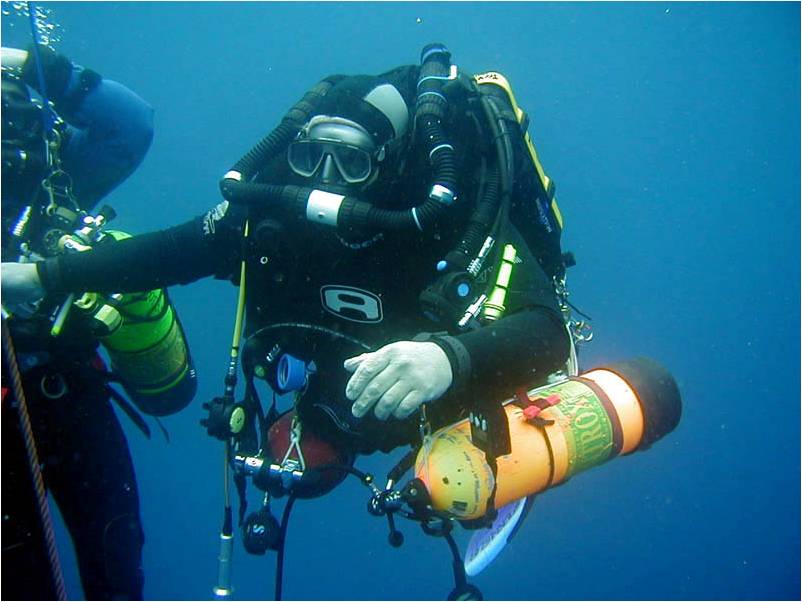Why I promote technical training in warm water…
Let’s kick-off the New Year with a home truth that a couple of old friends and I discussed during the holidays… essentially, why conducting technical diver programs (especially CCR) in cold water can be a disservice to the student.
Training in warm water results in a “better” program.
The goals of every technical diver program differ slightly according to the program, but overall, the intended results shared by each of them is to develop in students: “a noticeable change in behaviour.”
Without a doubt, the most effective way to accomplish this, and to familiarise oneself to and practice the physical and mental skills required by technical diving of every variety, is time.
Time to practice; time to discuss progress; time to grow muscle-memory and time to expand one’s comfort zone.
And all of those can ONLY be accomplished successfully with time in the water: more time, better results.
One of the realities of doing foundation work in warmer water is that there’s no rush to get sessions wrapped up to get out of the water and warmed up. Two-hour dives are not a challenge and logging 600 minutes rather than the course minimums (in some cases as few as 100 minutes) in a week-long program is achievable. This is especially productive in CCR programs but is a benefit at every level.
Cold is not the issue:
Cold water diving… even taking a dip in a Muskoka region lake in January through a hole in the ice… is not the issue. Cold water is a great medium for preservation, and diving cold-water wrecks can be an awesome experience. But the intent of a technical diving course is NOT to teach students how to dive cold water… that’s a totally different program.
Upcoming Event:
And on that note, I’m inviting you to join me for a Closed-Circuit Rebreather program in Tulum, Mexico, April 24 – 30. Space is limited to three students and the CCRs we’ll focus on are the Hollis P2, and Pelagian. (Rental units are available.)
Also, if you’re going to dive your unit in cold water exclusively, we can arrange a cold-water orientation day once you’ve certified on the unit.
For details, costs of the program which includes instructor fees accommodation based on double occupancy and consumables, please contact me via email.





